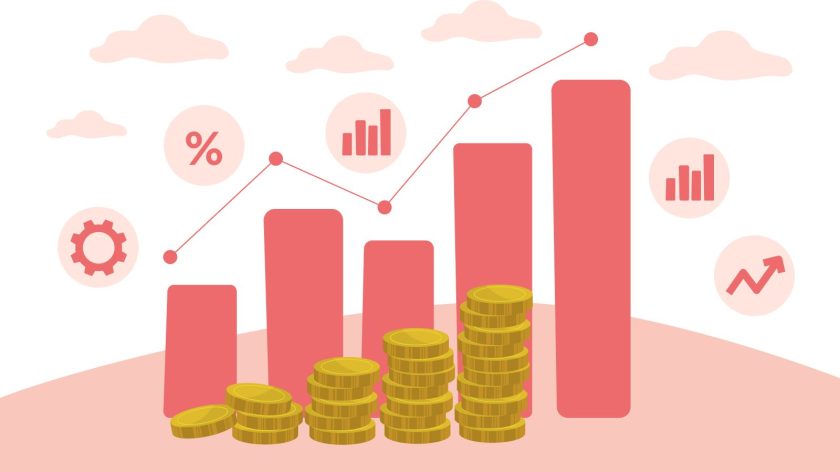Recent Developments in WPI and CPI Trends

This post has been authored by Manisha Rikkula, the Research Analyst Intern at Arthashastra Intelligence.
Pandemic has raised alarms not only in the health care sector but also induced uncertainty in macro-economic health. Ever since policymakers across the world are grappling to maintain growth alongside keeping inflation in a safer range. However, the task was not easy. In India, there was an unusual trend observed in inflation over the past two years. The Wholesale Price Index Inflation (WPI) reached more than the set target level, while the Consumer Price Index- Combined (CPI-C) inflation was lower as compared to the WPI.
Understanding these unusual inflation trends:
Inflation is defined as the rate of increase in prices over a given period. According to the statutory mandate of the Monetary Policy Committee (MPC), it is expected that inflation should be in a band of 2-6 percent, with a medium-term aim of 4 percent. However, in November 2021, WPI inflation reached a peak of 14.2 percent. This may be attributable to the following:
- Base Effect: It captures why pt-12 moved from pt-13. It captures the price changes a year ago. The economic halt down during the first wave led to supply disruption and crude oil prices were low. The WPI recorded in 2020-21 was 1.3%. When lockdown restrictions eased demand picked up, so did growth and inflation. With 1.3% as the base for 2021-22, even a mild increase in inflation would have elevated the WPI figure. The recorded WPI in 2021-22 was 12.5%.
- Imported Inflation: During the past two years, global inflation was at a high. India depends on a few of the imported inputs for its domestic production. With an increase in prices of crude petroleum & natural gas, edible oils, and textiles, the corresponding sectors of India got affected.
- The shortage of container ships increased input costs, and global commodity prices have contributed to the rise in WPI.
- WPI is more susceptible to cost-push inflation. The pent-up demand fueled by stimulus expenditure and discretionary gifts to households has also led to WPIs rise.
Why was the WPI’s rise did not lead to a simultaneous rise in CPI?
In contrast to WPI, CPI remained range bound. During 2015-21 (except for 2018), CPI was higher than WPI. This is because the weights of items in CPI-C are based on consumption patterns and capture the retail market. In WPI the weights of the items, are derived by calculating the net traded value of the domestic production at the wholesale level. In 2021-22, the CPI was at 5.2%, while WPI reached 12.5%. The divergence is due to :
- Government has taken timely steps in effective supply management, like cutting down on VAT and excise duties to dampen the effect of retail prices on diesel and petrol
- As soon as the lockdowns were eased, supply picked up, whereas there was a lag observed in demand pick up. CPI captures more of the demand side and WPI reflects more of the supply side. Moreover, price of intermediate input items rose, which are part of WPI and not CPI.
- In comparison to the CPI, the WPI gives manufactured goods and the \’fuel and power\’ category greater weight. Low food inflation lowered the CPI, while high energy and input prices increased the WPI-based inflation rate.
Conclusion:
Monetary stimulus promises growth but should be used with caution to contain inflation. CPI is range-bound (between 2-6%) and is not a cause of worry. With the gradual waning of the base effect in WPI, the divergence in CPI-C inflation and WPI inflation is also expected to narrow down. Until then, the needs for growth must be prioritized.
References:
